Materials:
1 * Arduino Uno
1 * USB A to B cable
1 * breadboard
1 * buzzer
2 * LEDs
2 * 220 ohm resistors
2 * 10K ohm resistors
2 * pushbuttons
2 * arcade buttons
A handful of jumper cables
1 * Multimeter (optional)
Circuit1: Simple fade
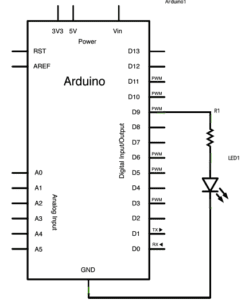
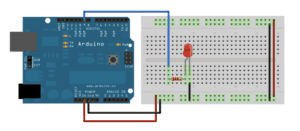
Process: We followed the instruction and diagram to connect our circuit and the process was quite smooth, which means that we didn’t encounter any problems. Our circuits successfully worked.
Circuit 2: toneMelody
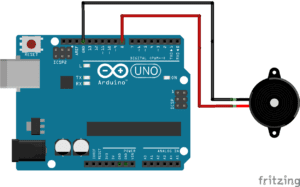
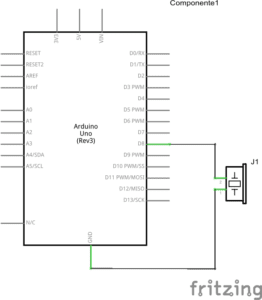
Process: At first we thought that we need to connect the circuits in the same way of the first circut. So we connected the power pin to the breadboard, as what we did in the first circuit and it is not supreised that we failed. After the instruction and expound from instructor, we changed our circuit into the one matching the provided diagram and it worked.
Circuit 3: Speed Game
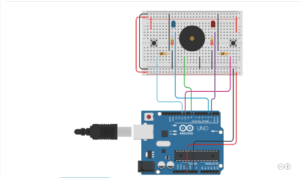
Process: We followed the simulating picture to connect the circuits. But when I connected the circuit, I forgot to connect a wire, which lead one of the resistors to the ground. It caused that the left button circuit failed to be connected as a closed circuit. We found out this problem by checking the inspector. It supposed to be shown a number of player1 on the screen but no matter how many times I pressed the left button, there was no any change on the screen. Thanks to the remind of Jingyi, we added that wire to breadboard.
Question1:
In my definition, interaction means a thing that involves a reciprocally active, dynamic process among people or between people and electronic devices. Taking the example of the text. The communication between human and computer is also a kind of interaction. That communication involves the input motion of human such as typing and speaking, and the output of computer such as screen change and program runniung. It is reciprocal, active and dynamic. Also from the example of the circuit of toneGame, we can see that the interaction part of that circuit involes not only two users but also computer program. According to the users’ instruction, the computer will provide different reaction back to users accordingly. That is what I think about the definition of interaction.
Question2:
If I have 100,000 LEDs of any brightness and color at my disposal, I want to make a huge led light board. It can receive different sound waves and translate them into digital signal. Then according to a specific formula, the led light board can show different colour. I want to build this program for deaf people, which cannot experience all kinds of sound in the world. I hope that I can find a way to help them enjoy those sounds that they cannot imagine.